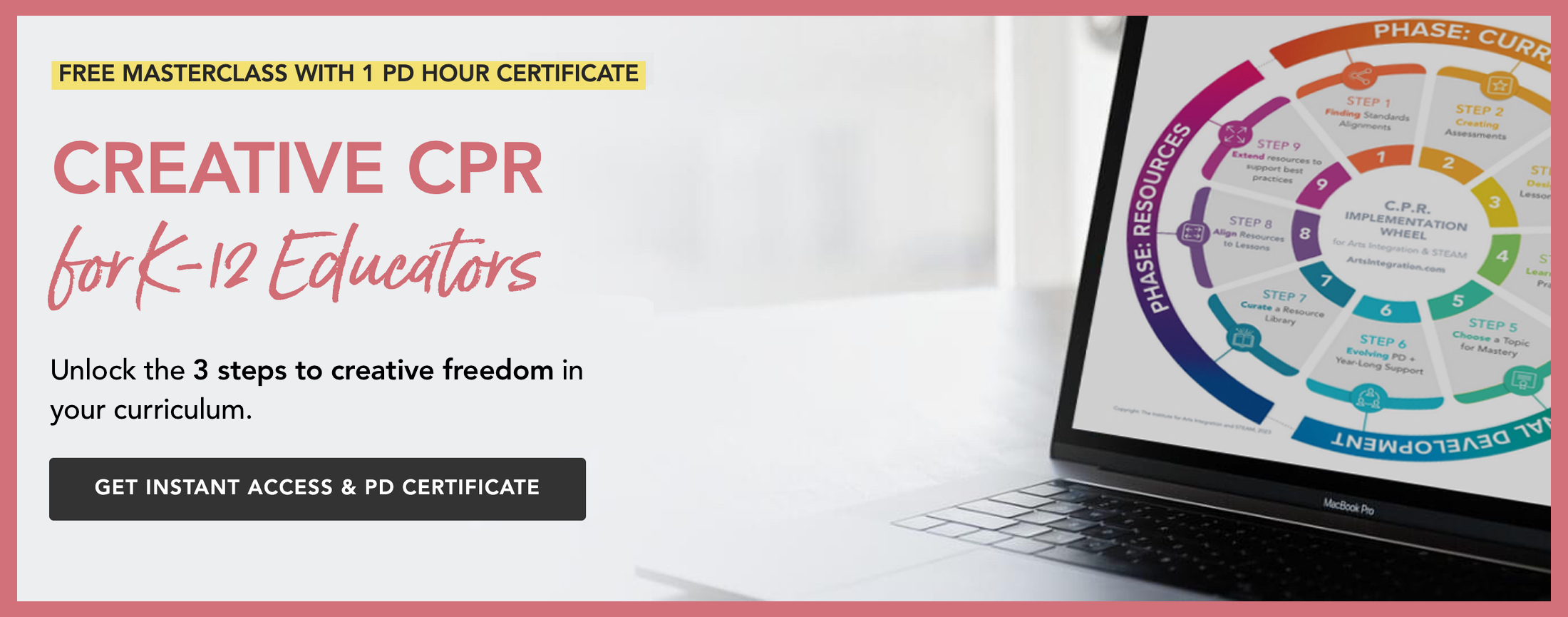Brain-Powered Engagement through the Arts
3 Min Read • Student Engagement
Engagement Through the Arts
Zzzzz… eyes half closed. Head tilted back. Drool slowly trickling down from parted lips, and this is coming from the teacher! As you look around, others have that glazed look. You know what I’m talking about. It is a classroom of students who are bored and desperately trying to stay awake for the lesson (or to avoid their head hitting the desk).
If this describes you or your students, it’s time to shake it up! Rock the boat! Explode with enthusiasm! How? By changing up what you do so that you have more energy and so do the students. We want kids skipping out of school while mentally dragging behind you.
This can be accomplished simply by thoughtfully plugging in the Arts. I sat at the back of a high school class and observed a student drawing a portrait for the entire period. I was in complete awe at the skill and detail she was including. At the end of the period I approached her asking if I could ask her a few questions regarding what her teacher had taught. She answered all my questions, including the question I was asking to stump her. She WAS paying attention. We must be careful to not make assumptions about students who fidget, doodle or tap the desk.
We have many students who are actively seeking ways to express their learning through creative avenues. It’s our obligation to help kids find the way they best show what they learned and provide them the opportunity to do so.
One of my strategies from my first book, Brain-Powered Strategies to Engage All Learners, uses modeling dough for students to share their learning. They can get as detailed or as basic as they want. For example, after students have read a story, article, or discussed a picture, they may be asked to connect what they read with a question that requires some insight into what was read. Students create a sculpture that represents what they read. While this isn’t arts integration just yet – we haven’t aligned the standards – it IS a great engagement through the arts tool and a lever for future arts integration efforts.
Oh, The Possibilities
Often times it takes higher-order thinking in order to figure out how to make an answer concise, apparent and concrete using the format of a sculpture. Using the same idea, if students are learning about plants for science, they may create the four parts of a plant or the parts of a plant cell using the dough. In math they may model using the modeling dough as a sculpture or as a manipulative to show others the concept behind the math being learned.
Can you imagine the excitement as students see and smell modeling dough? That is enough to get the energy buzzing! Smelling the dough is oxygen to the brain, the scent will create a dopamine rush of excitement, plus it may involve pulling memories that help support the learning.
Either way, the brain learns best by doing. The brain will store learning in different regions when multiple modalities are involved. This is what we want and need, because it increases the chances of recall. The ultimate way to use multiple modalities simultaneously? Through the Arts! Remember that you can start small, with a single ball of modeling dough, and get a big result. Yes- students will actually remember what you taught them. This is a win-win!



